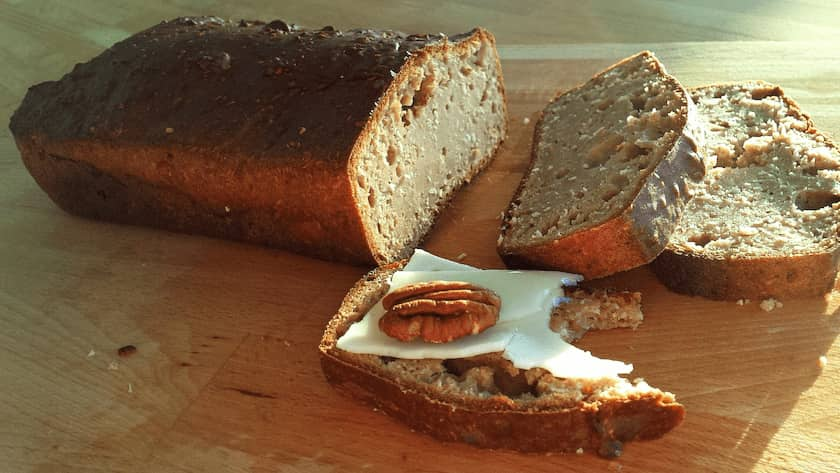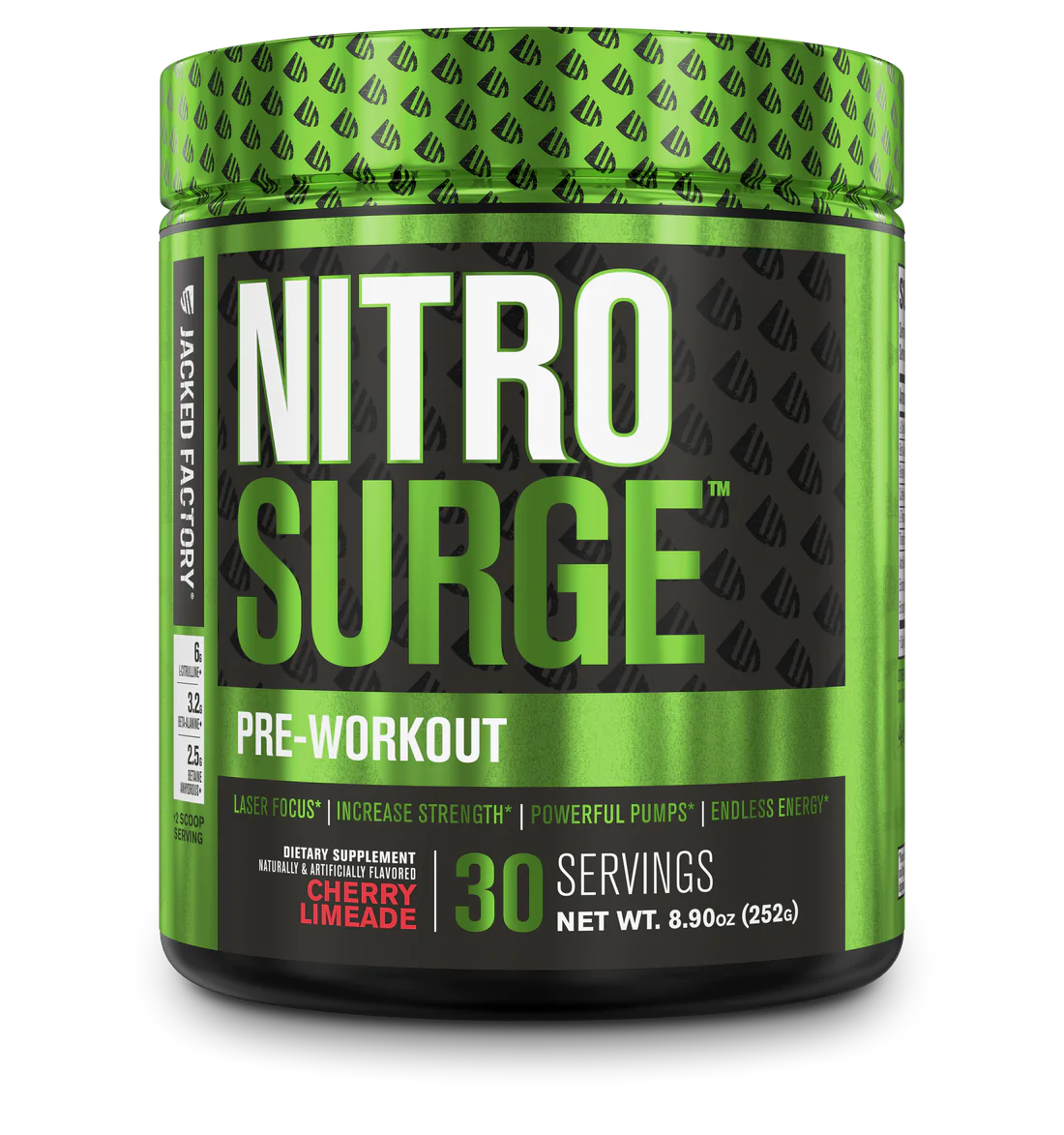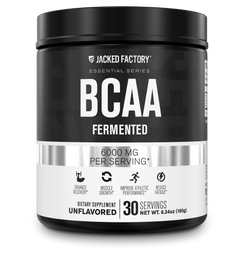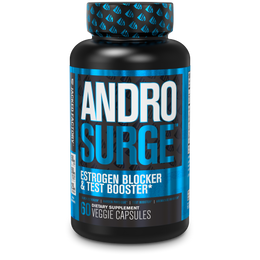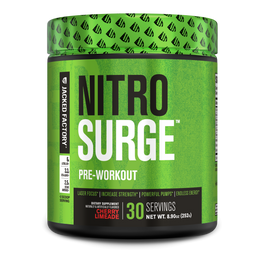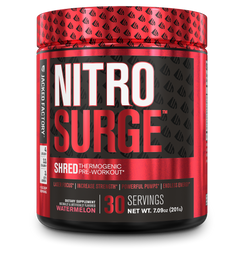Many fad diets are circulating the Internet and bodybuilding magazines these days. The fact is that most of these diets are more hype than anything else and are created by mere bro-science. If you want to lose weight, you need to reduce your daily caloric intake vs. your energy expenditure. There are many different ways to achieve this goal, and many experts overlook the importance that certain anabolic hormones have when it pertains to weight loss.
Carbohydrate cycling is one of the best diets for building lean muscle mass and burning body fat quickly because it incorporates the hormonal impact of macronutrient timing.
Although you still need to make an attempt at reducing your daily calories with carbohydrate cycling, it allows you a tad more flexibility due to all of the amazing benefits we are going to discuss in this article.
First, it’s important that you understand what a carbohydrate cycling diet is. Carbohydrate cycling means that you are interspersing between periods of moderate carbohydrate intake, high carbohydrate intake, and very low carbohydrate intake.
We are actually going to take carbohydrate cycling a tad farther in this article and also discuss how you should cycle your carbohydrates around your workouts so you can build lean muscle mass and burn fat at the same time. This is very powerful for body composition goals and forms the foundation to many fitness model and bodybuilder diets.
If you want to pull off the carbohydrate cycling diet for maximum muscle building and fat loss there are a few crucial rules that you must follow. This article is going to be your ultimate resource for carbohydrate cycling.
Depending on how much body fat you want to lose and how much muscle mass you want to maintain, you need to be alert to how you structure your carbohydrate cycling.
There are many different ways to structure a carbohydrate cycling diet. Here is the option that would allow you to lose the maximum amount of body fat.
Carb Cycling for Maximum Body Fat Reduction
If you are attempting to lose the MAXIMUM amount of body fat in the shortest amount of time (think 30 days or less maximum fat loss), this would be the carbohydrate cycling guide for you.
Keep in mind you may be sacrificing a small amount of lean muscle mass to lose body fat this quickly with maximum intensity carbohydrate cycling.
Maximum Fat Loss Carb Cycling
- 4 No Carb Days
- 1 High Carb Day
- 1 No Carb Day
- 1 Moderate Carb Day
Repeat this cycle for 3 more weeks. Note that this is the EXACT order you would structure your carbohydrate intake. Also, make sure you do NOT follow this cycle for more than 30 days.
During this carbohydrate cycling period, you will still be lifting weights 3-4 times per week. This means a few of your lifting days will be on no carbohydrate days.
No carbohydrate intake
The no carbohydrate days mean that you will be consuming less than 30 grams of carbohydrates per day and they should come from vegetables. You will be increasing your protein intake during these days to 1.5 grams per pound, and your fat will also be increased to 0.5-0.8 grams per lb of body weight.
High carbohydrate intake
Your high carbohydrate day will mean you are consuming around 2 grams of carbohydrates per lb of body weight. You will drop your protein intake to 1 gram and your fat intake to a very minimal amount. On days when your carbs are high, you will want to keep your fat very low, and vice versa.
This high carbohydrate day MUST fall on a day when you are training at maximum intensity in the gym. Ideally, you will have your biggest compound exercise workout on your high carbohydrate day if you are looking to lose the maximum amount of body fat.
Since insulin is highly anabolic but prevents fat being utilized for energy, it is important that you consume your carbs after your workout. Check out this study about elevated insulin levels in the blood.
We include the high carbohydrate day to restart our metabolism, restore muscle glycogen levels, and boost a critical fat loss hormone called leptin. This is all achieved with a strategic high carbohydrate day once per week.
Moderate carbohydrate intake
The moderate carbohydrate day will consist of about 1 gram of carbohydrates per 1 lb of body weight, and your protein will be around the same as well. Your fat can be close to 0.2 grams per lb of body weight.
This is to temporarily restore your muscle glycogen levels before you go on your 4-day no carbohydrate days.
Carbohydrate Cycling for Fat Loss and Lean Muscle Gains
This is an example of a very beneficial carbohydrate cycling regimen that would allow you to slowly build lean muscle mass while reducing body fat for 8 weeks.
We are going to break down the days of low, moderate and high carbohydrates 1st and how they relate to your workout days, and then break it down even further and discuss how you will cycle your carbohydrates around your workout times for maximum anabolic response.
8-Week Carbohydrate Cycling Diet
- 4 Moderate Carbohydrate days
- 1 No Carbohydrate Day
- 1 High Carbohydrate Day
- 1 No-Carbohydrate Day
To set this up assume that we are working out in the weight room 5 days per week (during the moderate and high carb days). We then will be utilizing high-intensity interval training during a no carb day for maximum fat loss, and on the other no carb day we will be resting.
Moderate carbohydrate blueprint
On days when you are lifting weights, you will want to set up your moderate carbohydrate days as follows:
- Protein: 1-1.2 grams per lb of body weight
- Carbohydrates: 1.25 grams per lb of body weight
- Protein: 0.25 grams per lb of body weight
The biggest rule during your moderate carbohydrate days is your consumption of carbohydrates around your weight training workouts. We want to make sure we are consuming about 80% of our daily carbohydrates before, during, and after our weight-training workout.
This is because consuming carbohydrates before lifting weights will fill up your muscle glycogen and allow you to train at maximum intensity (see here why it’s awful to train on no carbs). Consuming carbohydrates during your training will blunt cortisol production and create an anabolic atmosphere in your body from the insulin release.
Consuming carbohydrates after your workout will create this same anabolic atmosphere, which is ideal for post workout recovery and will also shuttle nutrients into your cells when consumed with a high protein meal.
Consider this 5-hour window: 2 hours before your workout, 1 hour during your workout, and within 2 hours following your workout. This is precisely when you should be consuming the majority of your daily carbohydrates. You also want to keep fat intake very low during this window as consuming lots of fat along with carbohydrates can result in adipose tissue (body fat).
You want to be consuming slow digesting carbohydrates before your workouts such as sweet potatoes, brown rice, lentils, oatmeal, fruits, and vegetables. This will give you a long sustaining energy source.
During your workout, you want fast digesting carbohydrates that will spike your insulin and blunt cortisol production. This means mixing maltodextrin or dextrose powder into your protein shake is ideal.
Following your workout, you want to stabilize blood sugar levels and give your body a steady supply of nutrient-dense carbohydrates, so this is when you will consume slower digesting carbohydrates such as oatmeal, sweet potatoes, black beans, lentils, fruits, vegetables, brown rice, and whole grains.
High carbohydrate blueprint
On your “high carbohydrate” day you will be following a similar game plan except you will be consuming more carbohydrates and less fat.
Here is how a “high carbohydrate” day will look. Your high carbohydrate day will replenish your glycogen levels and boost a critical metabolism and fat loss hormone called leptin.
- Protein: 1 gram per lb of body weight
- Carbohydrates: 2 grams per lb of body weight
- Fat: 0.1 grams per lb of body weight
Notice that we are keeping our carbohydrates very low when we are consuming an excess supply of carbohydrates.
No carbohydrate blueprint
Our low/no carbohydrate days will consist of a much different macronutrient profile. We will be increasing our lean protein and healthy fat intake to boost our muscle building hormones and stay in an anabolic muscle-building mode while we are reducing carbohydrates as much as possible.
- Protein: 1.5 grams per lb of body weight
- Carbohydrates: less than 30 grams all day (consisting of all veggies)
- Fat: 0.6 grams per lb of body weight
If you are a 200 lb guy this means that you will be consuming 120 grams of fat. This is very easy to achieve by incorporating things like nut butter (almond butter, cashew butter, peanut butter), olive oil, coconut oil, guacamole, avocado, flax seed oil, mixed nuts and
On these no carbohydrate days you will feel a little lethargic which is why we have scheduled 1 of them to be on your rest day and the other to be on a high-intensity interval-training day.
High-intensity interval training will boost your HGH levels, and in conjunction with low insulin levels from your no carb day, this creates the perfect storm for maximum fat burning.
